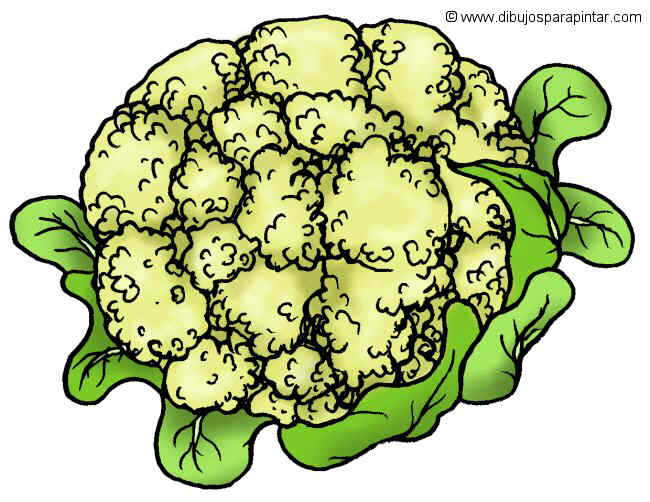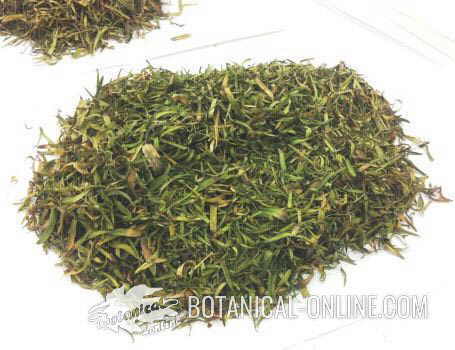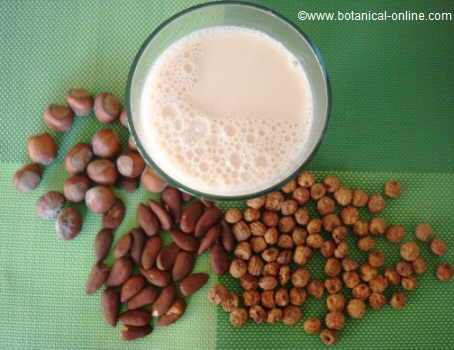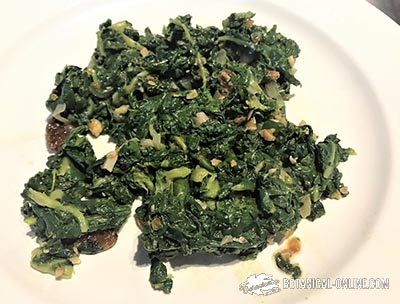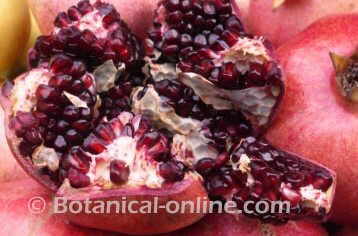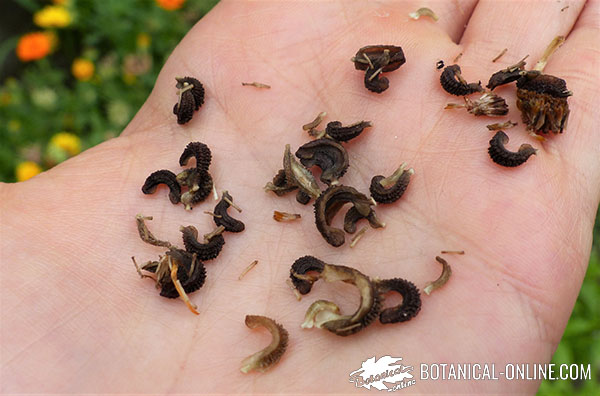Contents
How much calcium is there in legumes?
LIST OF LEGUMES RICH IN CALCIUM (mg kg)
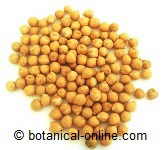
Legumes contain a lot of calcium
The content of legumes is very high in calcium. Soy is particularly rich in this mineral and especially products prepared with soy.
Keep in mind that a lot of calcium from plant foods is lost by cooking them. For example, winged bean (Psophocarpus tetragonolobus) is a tropical legume of New Guinea, it all edible.
Its mature seeds contain large amounts of calcium (440 mg per 100 g of weight), however, when cooked “only” 142 mg remains, yet this content is greater than that of milk (110 mg / 100 g in the whole milk).
Calcium of legumes and calcium of milk
Most vegetables lose more than half of calcium in the cooking process, whereby the percentage of actual calcium ingested in many cases is lower than that of milk, to which legumes often exceed when raw.
Still, the calcium content of these foods is very high. We also have other products derived from legumes and preparations having a calcium content much higher that milk as fried tofu (372 mg) or natto with 217 mg.
Natto is a food that is made by fermenting soy seeds, previously boiled, with the bacteria Bacillus natto. It is characterized by its richness in amino acids and vitamins and its capacity to make blood more fluid thus preventing against the formation of thrombi. As a result, is not suitable for those who are taking anticoagulants.
Other very rich in calcium preparations include soy tempeh, a kind of croquette made with soy bean sprouts. It used in vegetarian cooking to replace animal flesh, it is particularly characterized by its richness in protein and vitamins.
Calcium in soy milk
Paradoxically soy milk has trace amounts of calcium (4 mg), reason why it is often enriched with calcium.
LIST OF LEGUMES WITH CALCIUM
From biggest to lowest amount
| – Winged bean (Psophocarpus tetragonolobus): 440 mg – Fried Tofu: 372 mg – Soy protein concentrate: 363 mg – Carob: 348 mg – Soy: 277 mg – Soy grits: 244 mg – Defatted soy flour: 241 mg – Natto (fermented soy derived): 217 – Full soybean meal: 206 mg – California red beans: 195 mg – Roasted soy flour: 188 mg – Soybean meal low in fat: 188 mg – Beans: 186 mg – Isolated Soy Protein: 178 mg – American Jewish “Great Northen”: 175 mg – Lupin: 175 mg – Tofu (nigari) 162 mg – “Judías del barco”: 155 mg – Matkis or beans from India: 150 mg – Dwarf bean cooked (Psophocarpus tetragonolobus): 142 mg – Groundnut meal: 140 mg | – Kidney beans: 143 mg – Bean stick guandú: 130 mg – Mung beans: 132 mg – Pinto beans: 121 mg – Black beans: 123 mg – Tempeh (soybean cake): 111 mg – Cowpea: 110 mg – Chickpeas: 105 mg – Fava beans: 103 mg – Peanuts: 92 mg – Lima bean: 81mg – Miso (soybean paste) 66 mg – Hummus (chickpea puree) 50 mg – Peas: 55 mg – Falafel (chickpeas recipe): 54 mg – Lentils: 51 mg – Adzuki beans = 66 mg – Sauteed Tofu fermented (Fuyu) = 46 mg – Soy sauce (tamari) = 20 mg – Soy sauce (shoyu) = 17 mg – Soymilk = 4 mg |
![]() More information on legumes.
More information on legumes.

